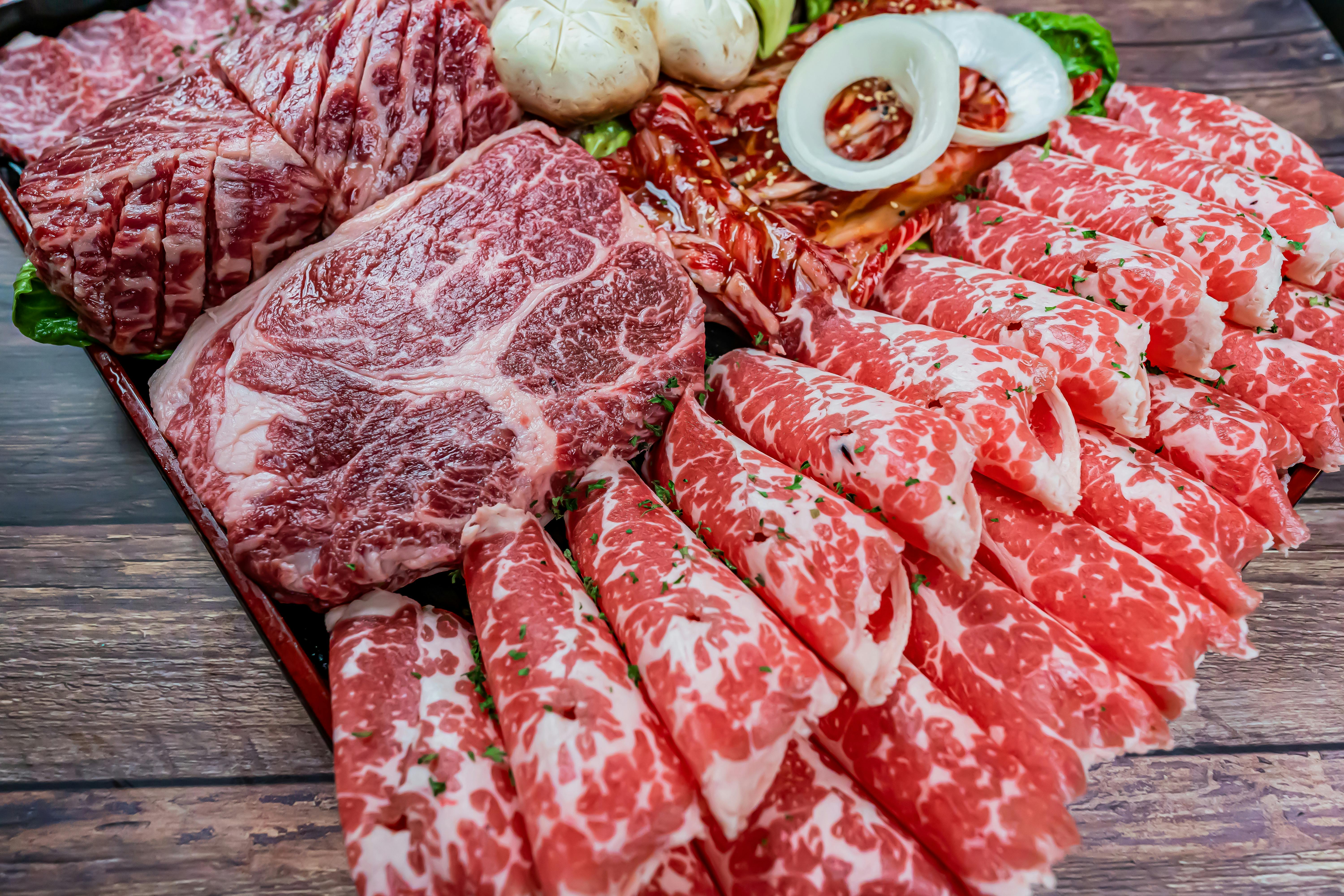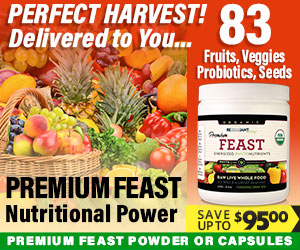- 1. Chia Seeds
- 2. Lentils
- 3. Quinoa
- 4. Bran Flakes
- 5. Leafy Greens & Vegetables
- 6. Berries
- 7. Nuts & Seeds
- 8. Apples
- 9. Sweet Potatoes
- 10. Oats
1. Chia Seeds
High Fiber Content in Chia Seeds
Chia seeds are renowned for their exceptionally high fiber contentâaround 10 grams per ounce, making them one of the most potent organic fiber rich foods available in 2025. Incorporating chia seeds into your diet can significantly boost your daily fiber intake, helping with digestion and overall gut health. Their gel-forming ability when soaked makes them a versatile ingredient that fits seamlessly into smoothies, yogurt, or even baked goods.
What makes chia seeds unique is their combination of soluble and insoluble fibers, which work together to promote a feeling of fullness and regulate blood sugar levels. Recent studies suggest that adding chia seeds to your meals can reduce cravings and support weight management efforts effectively in 2025.
In practice, I recommend starting your day with a chia seed pudding or sprinkling them over salads. These simple steps are easy ways to harness the benefits of organic fiber rich foods like chia seeds and improve your digestive health effortlessly.
Practical Tips for Using Chia Seeds
To maximize the digestive benefits, soak chia seeds in water or your favorite milk for at least 15 minutes before consuming. You could also blend soaked chia seeds into smoothies for added fiber and texture. Remember, since chia seeds swell and form a gel, start with small amounts to avoid any bloating or digestion discomfort.
Research from 2025 indicates that regular consumption of chia seeds supports healthy cholesterol levels and reduces inflammation. So, theyâre a smart addition if you’re looking to enhance your diet with organic fiber rich foods.
2. Lentils
Why Lentils Are a Must in 2025
Lentils are a powerhouse among organic fiber rich foods, offering about 15 grams of fiber per cooked cup. They are not only affordable and easy to prepare but also packed with protein, making them perfect for a plant-based diet. As dietary trends lean toward more sustainable and fiber-rich foods in 2025, lentils stand out as a top choice for healthy eating.
Incorporating lentils into your meals enhances digestion, stabilizes blood sugar, and provides a sustained energy release throughout the day. They also contain essential nutrients like iron, folate, and antioxidants that support overall health.
Personally, I enjoy making lentil soups and salads. These are simple recipes that make it easy to include organic fiber rich foods into your daily routine and reap their numerous health benefits.
Cooking and Storage Tips for Lentils
Cooking lentils is straightforward: rinse well, then simmer for 20-30 minutes. To enhance flavor, add herbs and spices like cumin, garlic, or bay leaves. Proper storage is keyâthey keep well in airtight containers for several days, making meal prep easier.
In 2025, more culinary innovations feature lentils, so look for new recipes that highlight their flavor and fiber content. This ensures you always have delicious ways to include organic fiber rich foods in your diet.
3. Quinoa
Quinoaâs Role in a Fiber-Rich Diet
Often called a superfood, quinoa offers about 5 grams of fiber per cooked cup. This versatile grain is a complete protein and contains essential amino acids, making it a perfect addition to a balanced diet in 2025. As organic fiber rich foods continue to gain popularity, quinoa stands out both nutritionally and environmentally.
My favorite way to enjoy quinoa is in salads or as a side dish replacing rice. Its nutty flavor and fluffy texture make it an easy swap while boosting fiber intake and overall nutritional value.
Recent research highlights quinoaâs role in improving metabolic markers and supporting a healthy gut microbiome, reinforcing its position as a key ingredient among organic fiber rich foods for 2025.
Preparation Tips and Variations
Cooking quinoa is simple: rinse thoroughly to remove saponins, then boil in water or broth for about 15 minutes. Let it sit covered for a few minutes, then fluff with a fork. Mixing in vegetables, herbs, or nuts transforms it into a fulfilling meal.
Try incorporating quinoa into breakfast bowls or stuffing vegetables for extra fiber, making it an easy and tasty way to meet your dietary goals.
4. Bran Flakes
Why Bran Flakes Are Effective in Increasing Daily Fiber
Bran flakes are a classic among organic fiber rich foods, providing about 5-7 grams of dietary fiber per serving. They are especially popular for breakfast and are an excellent source of insoluble fiber that promotes healthy bowel movements.
In my experience, switching to whole grain and bran flakes for breakfast not only enhances digestion but also keeps me full longer, reducing snacking throughout the day. As 2025 health trends emphasize gut health, bran flakes are more relevant than ever.
Many brands now fortify their bran flakes with additional vitamins, making them even more beneficial for overall wellness. Incorporating them into your morning routine is an effortless way to elevate your intake of organic fiber rich foods.
Tips for Selecting and Enjoying Bran Flakes
Choose varieties with minimal added sugars for optimal health benefits. Pair bran flakes with fresh fruits and nuts for extra fiber, texture, and flavor. You can also sprinkle them over yogurt or smoothie bowls for added crunch.
Consistency is keyâregular consumption of bran flakes can significantly contribute to achieving your fiber intake goals for 2025.
5. Leafy Greens & Vegetables
Top Vegetables for Organic Fiber Rich Foods
Dark, leafy greens like spinach, kale, and Swiss chard are packed with fiber, vitamins, and minerals. For example, a cup of cooked spinach provides about 4 grams of fiber, making it an essential in the organic fiber rich foods list.
Vegetables such as carrots, broccoli, and Brussels sprouts also contribute significantly to daily fiber intake in 2025. They support digestive health and provide antioxidants that help fight inflammation.
Incorporating a variety of colorful vegetables into your meals not only boosts fiber but also enhances nutrient diversity, which is vital for optimal health in 2025.
Creative Ways to Include Vegetables in Your Diet
Steamed, sautéed, or rawâthere are endless ways to enjoy vegetables. Add greens to sandwiches, blend them into smoothies, or roast root vegetables for flavorful, fiber-rich meals.
Consistent intake of organic fiber rich foods like leafy greens can improve gut health, support weight loss, and reduce chronic disease riskâkey health priorities in 2025.
6. Berries
Fiber Content and Health Benefits of Berries
Fresh berries such as strawberries, blueberries, and raspberries are delicious sources of organic fiber rich foods, offering between 3-8 grams of fiber per cup. They are also rich in antioxidants, which support overall health and longevity in 2025.
Since berries are low in calories and high in fiber, they help satisfy sweet cravings naturally. Including berries in your diet can aid digestion and improve gut microbiota, especially when consumed regularly.
Adding berries to cereals, yogurt, or salads is a simple way to boost fiber without sacrificing taste or convenience.
Huge Discount on the Best Certified Organic Nutrient Dense Supplement!
Maximizing the Benefits of Berries
Choose organic berries when possible to avoid pesticides and maximize health benefits. Fresh or frozen berries both retain their fiber content, making them accessible year-round.
Enjoy berries in smoothies, oatmeal, or as a topping on desserts. Their versatility makes them an essential among organic fiber rich foods for 2025.
7. Nuts & Seeds
Importance of Nuts and Seeds in a Fiber-Healthy Diet
Nuts such as almonds, walnuts, and pistachios, along with seeds like flaxseeds and sunflower seeds, are excellent sources of organic fiber rich foods. They provide about 3-7 grams of fiber per ounce and also supply healthy fats, protein, and micronutrients.
Incorporating nuts and seeds into your diet supports digestive health, heart health, and weight managementâall key factors for a healthy lifestyle in 2025.
My go-to snack is a handful of mixed nuts or a sprinkle of flaxseed on my morning oatmeal. Small habits like these can add up to substantial health gains over time.
Serving Suggestions and Tips
For maximum benefits, opt for raw or dry-roasted nuts and seeds without added salt or sugars. They can be added to salads, yogurt, or baked goods.
Be mindful of portion sizes, especially with calorie-dense nuts, but donât shy away from their fiber and nutrient benefits.
8. Apples
Apples as a Simple Organic Fiber Rich Food
One of the most accessible organic fiber rich foods, apples, contain about 4 grams of fiber per medium fruit. They are portable, versatile, and packed with health-promoting phytochemicals.
Eating apples regularly can enhance digestion, support weight control, and help lower cholesterol levels, making them a staple in a fiber-focused diet for 2025.
I recommend eating apples with the skin on for maximum fiber benefit, and they can be added to a variety of snacks and meals.
Tips for Incorporating Apples into Your Diet
Try sliced apples with almond butter, add them to salads, or bake them for a nutritious dessert. Their natural sweetness also makes them a great snack choice.
In 2025, new apple varieties with higher fiber content and improved flavor are emerging, adding more options for consumers seeking organic fiber rich foods.
9. Sweet Potatoes
Fiber and Nutritional Benefits of Sweet Potatoes
Sweet potatoes are an excellent source of dietary fiber, offering around 4 grams per medium potato. They are also rich in vitamins A and C, potassium, and antioxidants.
Their high fiber content promotes healthy digestion and stabilizes blood sugar, supporting overall metabolic health in 2025.
I love roasting sweet potatoes with herbs or mashing them as a side dishâeasy and delicious ways to include more organic fiber rich foods in your meals.
Preparation and Health Tips
To preserve fiber and nutrients, opt for baking or steaming rather than frying. Incorporate sweet potatoes into salads, soups, or wraps for added flavor and fiber.
Regular inclusion of sweet potatoes can support weight management and reduce the risk of chronic illnessesâimportant health goals for 2025.
10. Oats
Oats as a Classic Source of Organic Fiber Rich Foods
Oats are one of the most well-known organic fiber rich foods, with about 4 grams of fiber per half-cup serving. They support cardiovascular health and provide a steady energy supply, perfect for the busy lifestyle in 2025.
Eating oatmeal or adding oats to smoothies and baked goods is a simple and effective way to boost your daily fiber intake. Their soluble fiber, beta-glucan, helps lower LDL cholesterol and improve immunity.
From quick breakfasts to overnight oats, they are easy to incorporate and beneficial for long-term health improvements.
Tips for Maximizing Oat Benefits
Choose steel-cut or rolled oats for the highest fiber content. Enhance their nutritional profile by adding fruits, nuts, or seeds.
Staying consistent with oats in your diet can help you meet your goals for organic fiber rich foods in 2025 and support overall wellness.
Conclusion
Choosing the right organic fiber rich foods is crucial for maintaining optimal health, especially as we look forward to 2025. Whether itâs chia seeds, lentils, or colorful vegetables, incorporating a variety of these foods into your diet will help you reach your fiber goals, support digestion, and boost overall vitality. Remember, small, consistent changesâlike adding these foods to your daily mealsâcan have a profound impact on your health trajectory for this year and beyond. Make 2025 the year you prioritize your health with a vibrant intake of organic fiber rich foods every day.
Frequently Asked Questions
1. What are the best organic fiber rich foods to include in a plant-based diet?
Great options include lentils, quinoa, chia seeds, and leafy greens. These foods are rich in fiber and support a healthy, sustainable diet.
2. How much fiber should I consume daily in 2025?
The recommended daily fiber intake for adults is about 25-30 grams per day. Incorporating a variety of organic fiber rich foods can help you meet this goal naturally.
3. Can organic fiber rich foods help with weight management?
Absolutely! Foods high in fiber promote fullness, reduce cravings, and stabilize blood sugar, making weight management easier.
4. Are there any tips for incorporating more organic fiber rich foods into my diet?
- Start your day with oatmeal or chia seed pudding.
- Add vegetables and fruits to every meal.
- Snack on nuts, berries, or whole grain crackers.
- Replace refined grains with whole grains like oats, quinoa, or brown rice.
5. Why are organic fiber rich foods important for health in 2025?
They support gut health, reduce the risk of chronic diseases, and help maintain a healthy weight, all crucial for long-term wellness in 2025.
Huge Discount on the Best Certified Organic Nutrient Dense Supplement!
Related Content
- Best Organic Plant-Based Snacks in Duo, West Virginia 25984
- The Ultimate Guide to 10 Powerful Natural Organic Supplements for 2025
- Best Organic Dairy-Free Alternatives in Thornton, Colorado 80260
- Best Organic Baby Food Local in Stokesdale, North Carolina 27357
- 10 Effective Tips for Organic Nutrient Absorption in 2025





